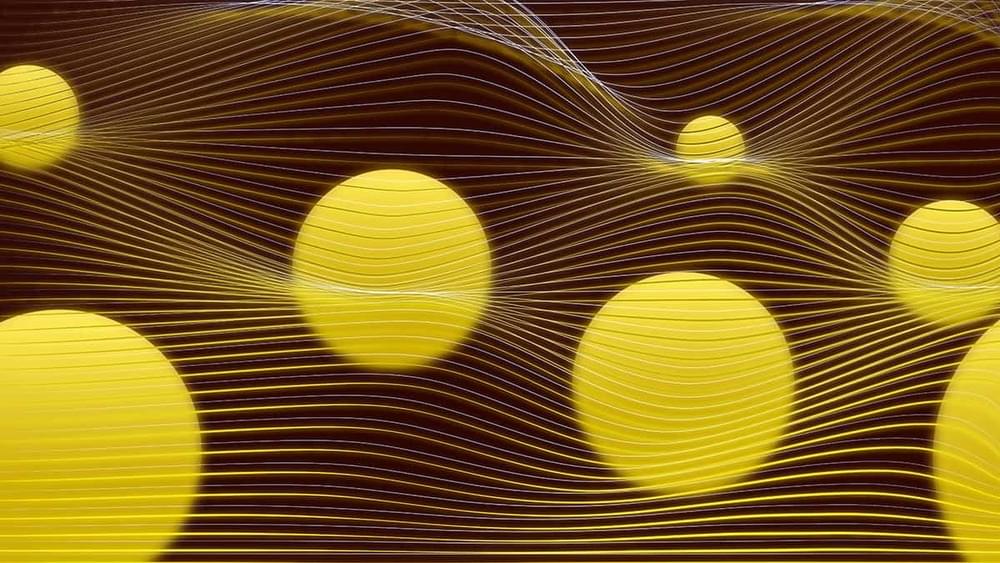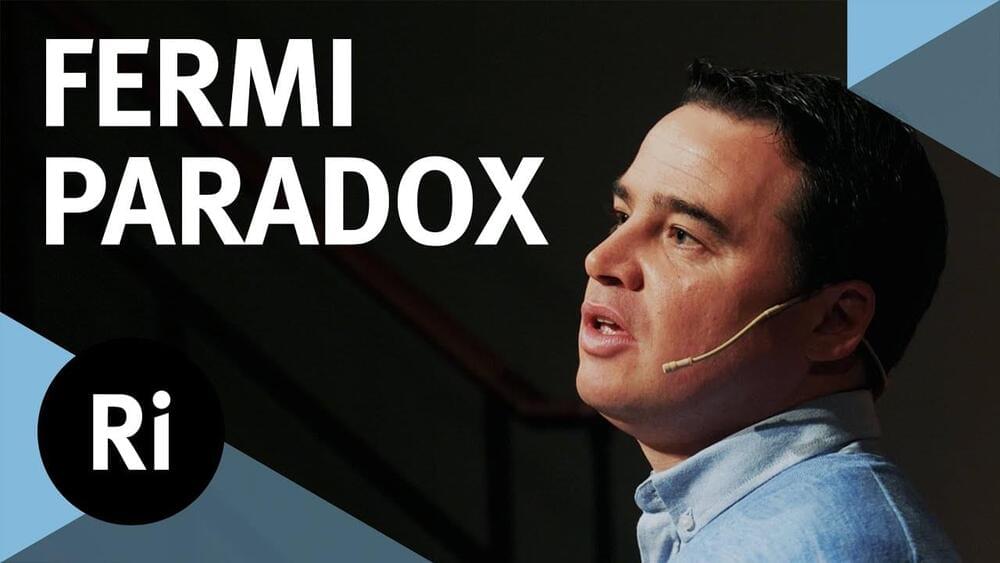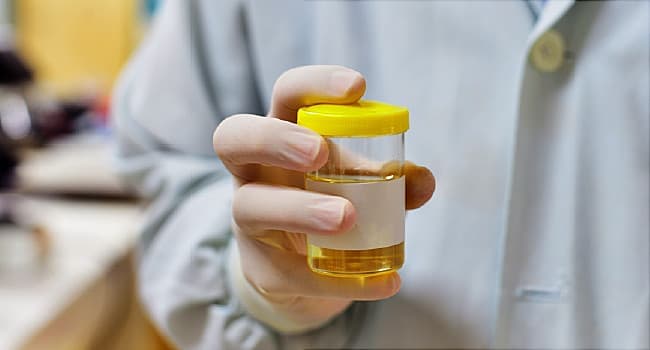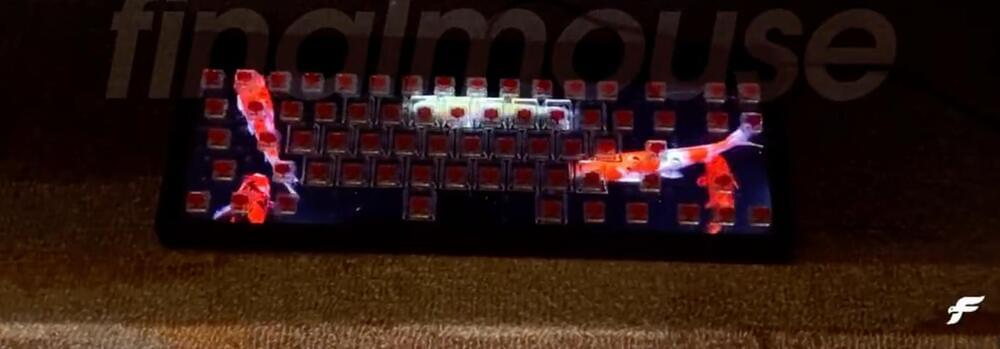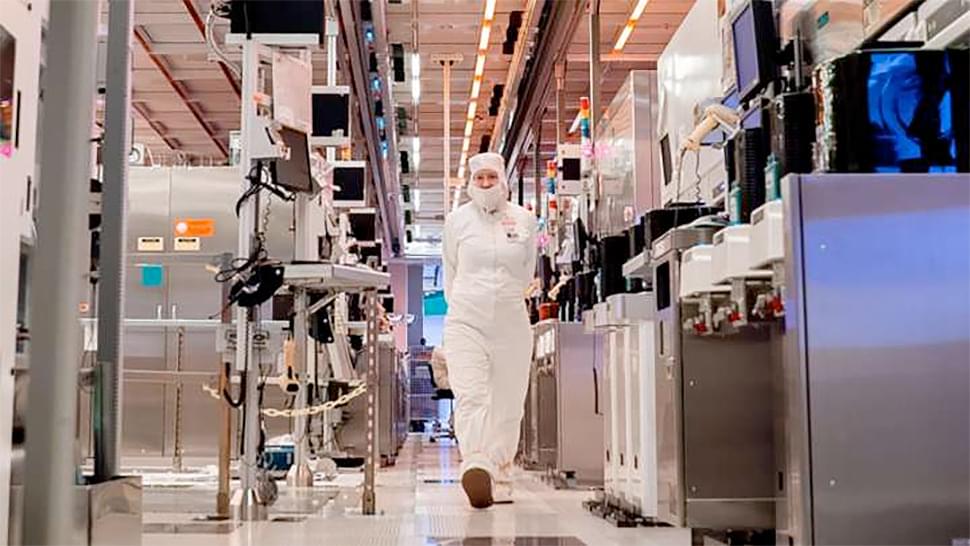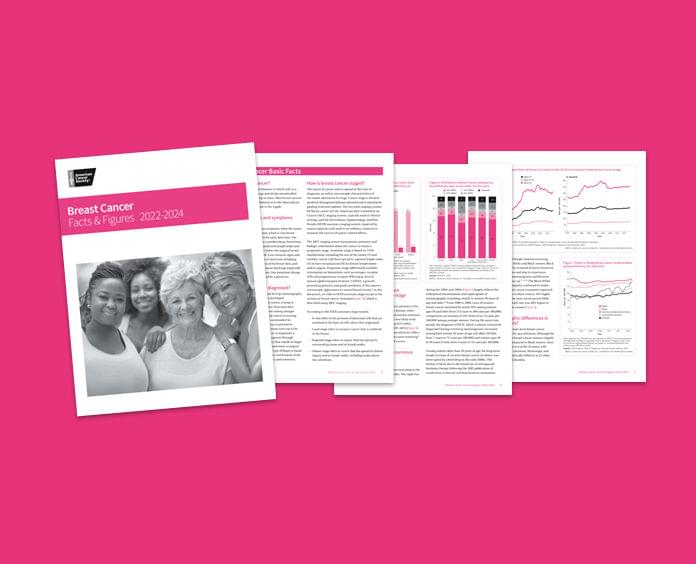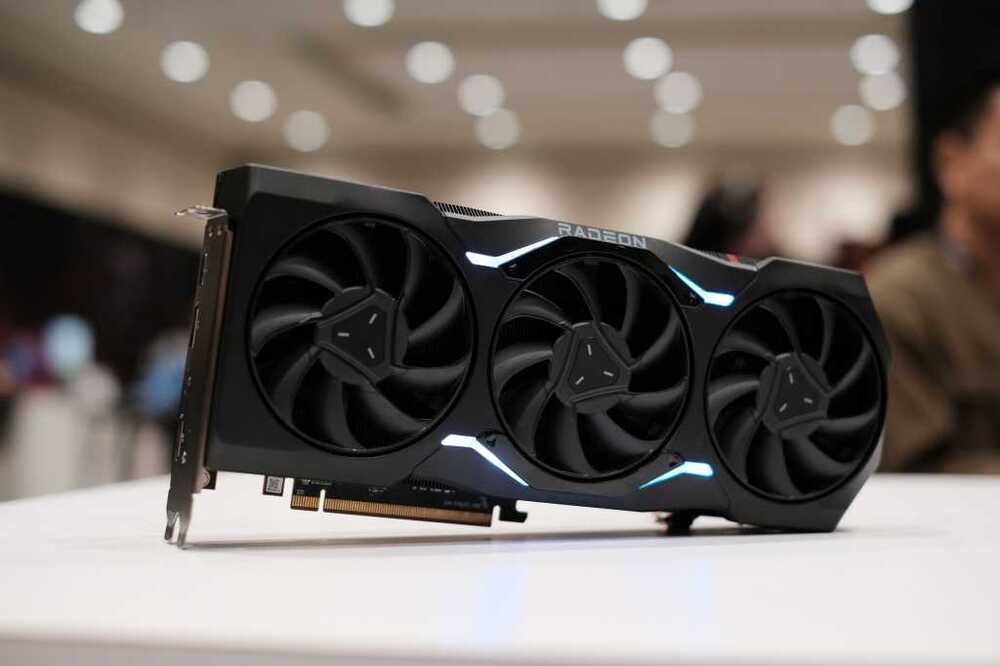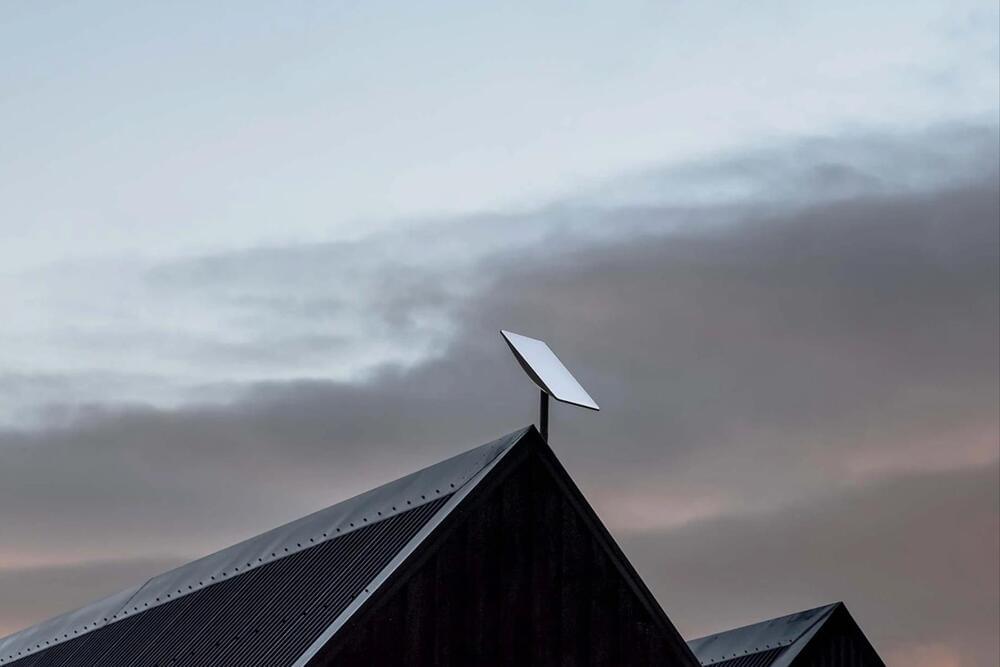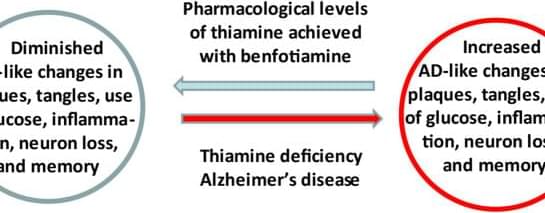A century ago, the German physicists Otto Stern and Walther Gerlach carried out an experiment that gave an important credibility boost to the new-fangled notion of quantum mechanics. But as Hamish Johnston discovers, their now-famous experiment succeeded even if the physics on which it was based wasn’t quite right.
After six decades of examining signals from space, why have we yet to discover evidence of extra-terrestrial life?
Keith’s book “The Contact Paradox: Challenging our Assumptions in the Search for Extraterrestrial Intelligence” is available now — https://geni.us/JFpy.
For the past six decades a small cadre of researchers have been on a quest, as part of SETI, to search for extraterrestrial intelligence. So far, SETI has found no evidence of extraterrestrial life, but with more than a hundred billion stars in our Galaxy alone to search, the odds of quick success are stacked against us.
Keith Cooper explores how far SETI has come since its modest beginnings, where it’s going and the assumptions that we make in our search for extraterrestrial life.
Watch the Q&A: https://youtu.be/_qEjTXrQ7vs.
Keith Cooper is a freelance science journalist and editor. Since 2006 Keith has been the Editor of Astronomy Now, and he is also the Editor of Astrobiology Magazine. In addition he has written on numerous space-and physics-related topics, from exploding stars to quantum computers, for Centauri Dreams, New Scientist, Physics World, physicsworld.com and Sky and Telescope. He holds a BSc in Physics with Astrophysics from the University of Manchester.
This talk was filmed in the Ri on 22 November 2019.
I live in Manitoba, a province of Canada where all but a tiny fraction of electricity is generated from the potential energy of water. Unlike in British Columbia and Quebec, where generation relies on huge dams, our dams on the Nelson River are low, with hydraulic heads of no more than 30 meters, which creates only small reservoirs. Of course, the potential is the product of mass, the gravitational constant, and height, but the dams’ modest height is readily compensated for by a large mass, as the mighty river flowing out of Lake Winnipeg continues its course to Hudson Bay.
You would think this is about as “green” as it can get, but in 2022 that would be a mistake. There is no end of gushing about China’s cheap solar panels—but when was the last time you saw a paean to hydroelectricity?
Construction of large dams began before World War II. The United States got the Grand Coulee on the Columbia River, the Hoover Dam on the Colorado, and the dams of the Tennessee Valley Authority. After the war, construction of large dams moved to the Soviet Union, Africa, South America (Brazil’s Itaipu, at its completion in 1984 the world’s largest dam, with 14 gigawatts capacity), and Asia, where it culminated in China’s unprecedented effort. China now has three of the world’s six largest hydroelectric stations: Three Gorges, 22.5 GW (the largest in the world); Xiluodu, 13.86 GW; and Wudongde, 10.2 GW. Baihetan on the Jinsha River should soon begin full-scale operation and become the world’s second-largest station (16 GW).
It would be the first new treatment in 20 years for UTIs, which affect more than half of women at least sometime in their life, according to data compiled by the Department of Health and Human Services.
Called Gepotidacin, the antibiotic’s trial has halted enrollment early due to excellent effectiveness and safety results thus far, drugmaker GSK announced in a press release Thursday. GSK will seek approval and peer-reviewed publication early next year.
There is a need for new antibiotics such as this due to increasing antibiotic resistance. Antibiotic resistance to bacteria has become so prevalent that the World Health Organization recently began publishing a list of bacteria that pose the greatest public health threats.
Some of you might not be familiar with Finalmouse, but the company has been around for a few years and has gained quite a following for its carefully crafted and high-performing mice. The mice are coveted by consumers and professionals and if there is one drawback to the brand, it would be the limited releases that tend to sell out in seconds. At the beginning of the year, the company teased a keyboard in the works, and now, a video of a prototype has surfaced, showing off something truly unique.
Information about the prototype was posted to Twitter by Jake Lucky, showing off a video of the keyboard with some highly unique attributes. Furthermore, the video posted also has some extra tidbits about the device, like the keyboard will be self-powered by an integrated CPU and GPU, which only requires a single USB-C cable for operation. In addition, it will also have custom switch options and a custom 2K / 4K display which will be able to display custom graphics and animations. These graphics will apparently be available directly from Steam and will be powered by Unreal Engine 5. Finally, the construction will reportedly be quite sturdy thanks to its glass-stacked construction.
When Intel established its Intel Foundry Services division in early 2021, it was clear that it needed the contract chipmaking unit to be on par with Samsung and Taiwan Semiconductor Manufacturing Co. in terms of scale as fabs and production nodes are getting costlier. The goal was ambitious from the start, and it looks like the company intends to be rather aggressive too as it plans to become the second largest foundry by 2030.
“Our ambition is to be the No. 2 foundry in the world by the end of the decade, and [we] expect to generate leading foundry margins,” said Randhir Thakur, the president of Intel Foundry Services, in an interview with Nikkei Asia.
Cancer research – and its impact on patient care – has made some significant strides in just the last 10 years. For example, the availability and affordability of sequencing genetic information has improved greatly – meaning researchers and doctors are now better able to get information about a person’s risk for certain cancers as well as what drugs might work best for cancer patients. Another major leap forward came with the approval of vaccines that help prevent infections from the human papilloma virus (HPV) that cause cervical cancers. Many other advances have occurred in the areas of targeted therapy, immunotherapy, and cancer screening technology.
Still, cancer remains a massive health problem that researchers across the United States and elsewhere are working tirelessly to solve. Many experts are hopeful that they can build on decades of learning and recent advances to move even more rapidly toward reducing the cancer burden.
We invited 10 American Cancer Society Research Professors to share their perspectives and predictions for how cancer research will evolve over the next 10 years – and what this might mean for patients. These 10 experts are among the very best in their field; the Society’s Research Professor grants are awards that go to a select group – researchers and doctors who have made seminal contributions that have changed the direction of basic, clinical, psychosocial, behavioral, health policy or epidemiologic cancer research.
The GeForce RTX 4,090 is an absolute monster of a graphics card, but the battle for the next generation of GPUs is only getting started. On Thursday, AMD revealed its own 4K gaming champion, and the Radeon RX 7,900 XTX and 7,900 XT aim to topple Nvidia’s goliath with help from a stash of smart tricks that could make David himself blush.
In addition to improved ray tracing capabilities, the addition of AI cores, and memory galore, these first RDNA 3-architecture GPUs are also the first graphics cards featuring a multi-die “chiplet” design, swiping inspiration from AMD’s epic Ryzen success.
Over the past couple of months, Starlink has branched out, offering its service in more ways than ever before. As more and more people sign up for its service, the network naturally gets a bit more strained and congested. Now it looks like Starlink is implementing a way to combat network congestion by creating a data cap.
According to The Verge, Starlink service will now have a data cap starting in December. Next month, residential customers will start off with a 1TB bucket of data that will be designated as “Priority Access.” Priority Access data will be used anytime the internet is accessed during the hours of 7 am to 11 pm. Once the data is depleted, users will encounter slower data speeds during peak hours. The bucket will be replenished at the top of every month, and customers will have the option to buy Priority Access data, but it will cost 25 cents per GB.
For the most part, this shouldn’t really affect many customers, as Starlink states that less than 10 percent of its users actually manage to hit this cap every month. In addition to a new data cap, the company will also be expanding its service to more parts of Alaska and also Canada, primarily focusing on the Northern areas. For areas in the region that aren’t yet covered, Starlink does have plans to expand to more areas in the first part of 2023.
